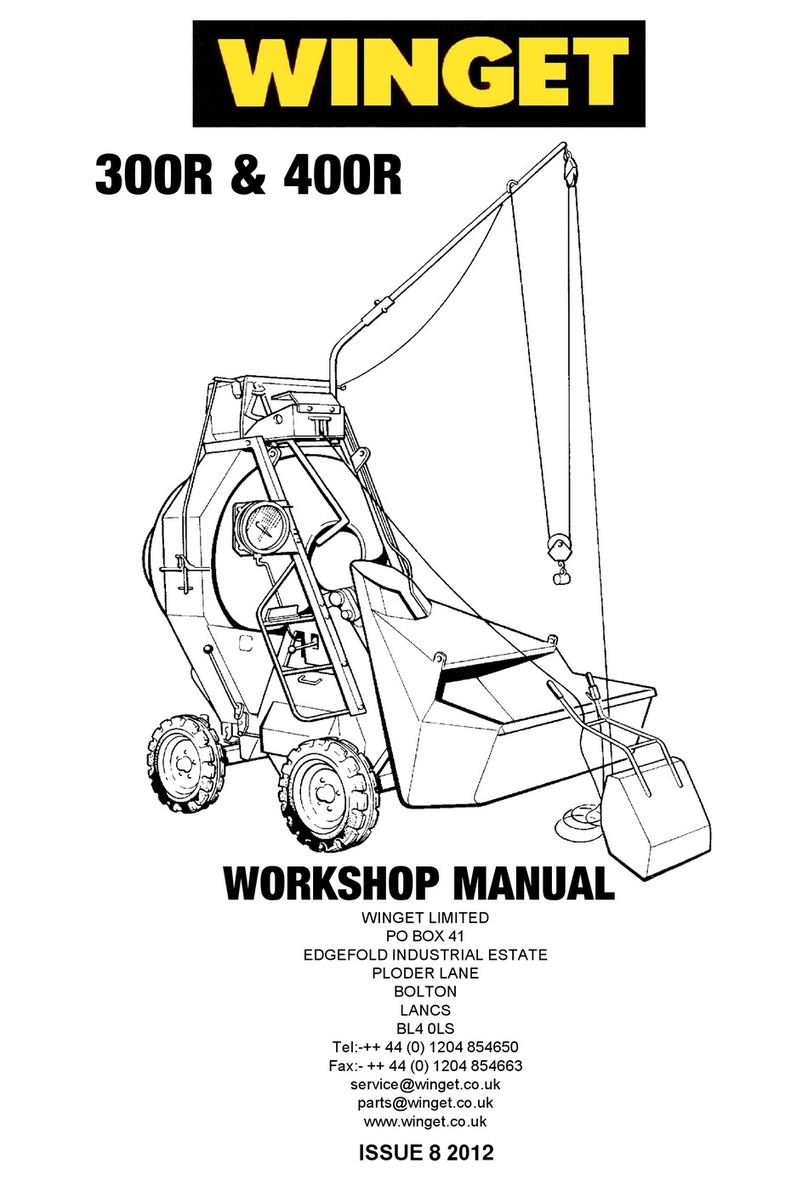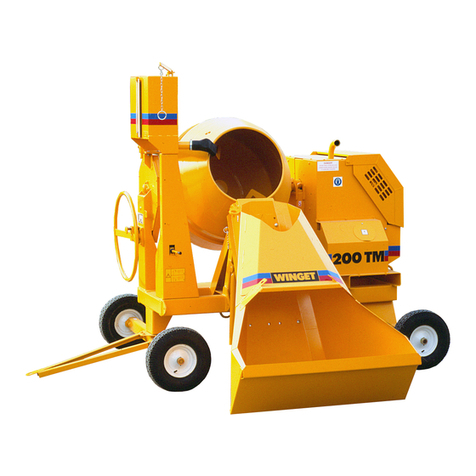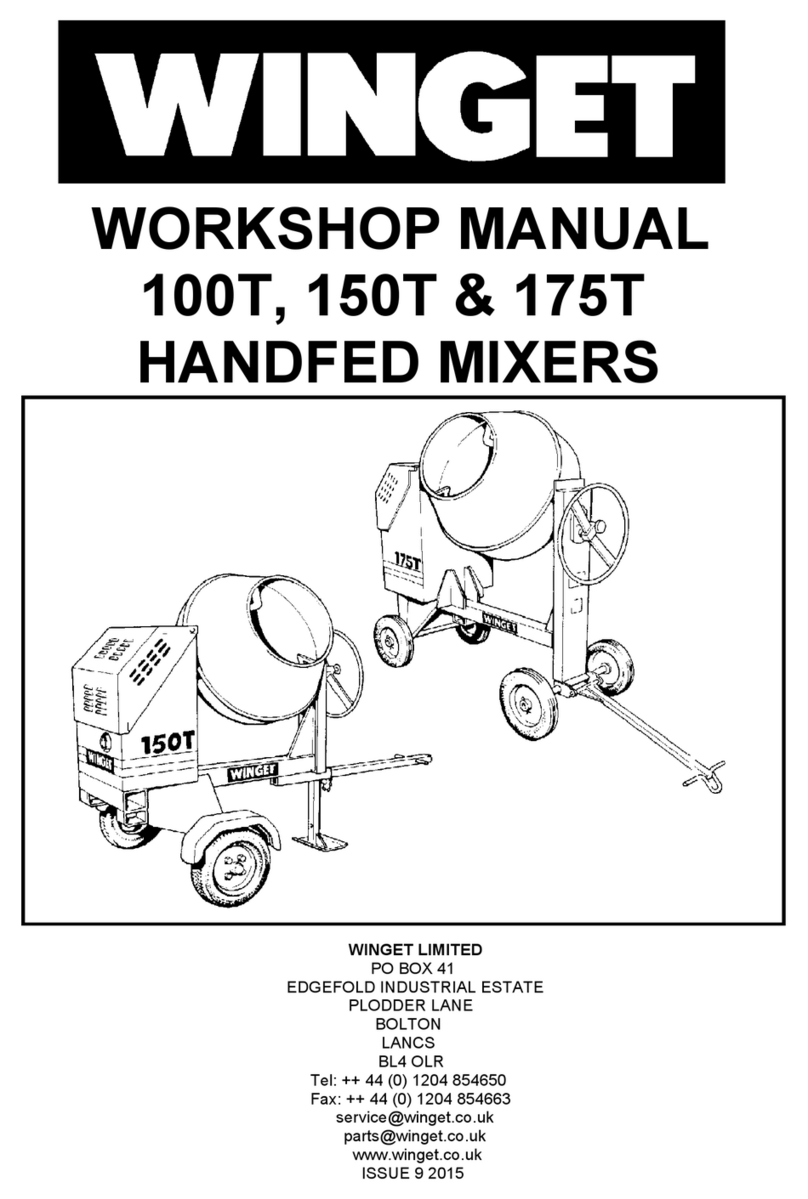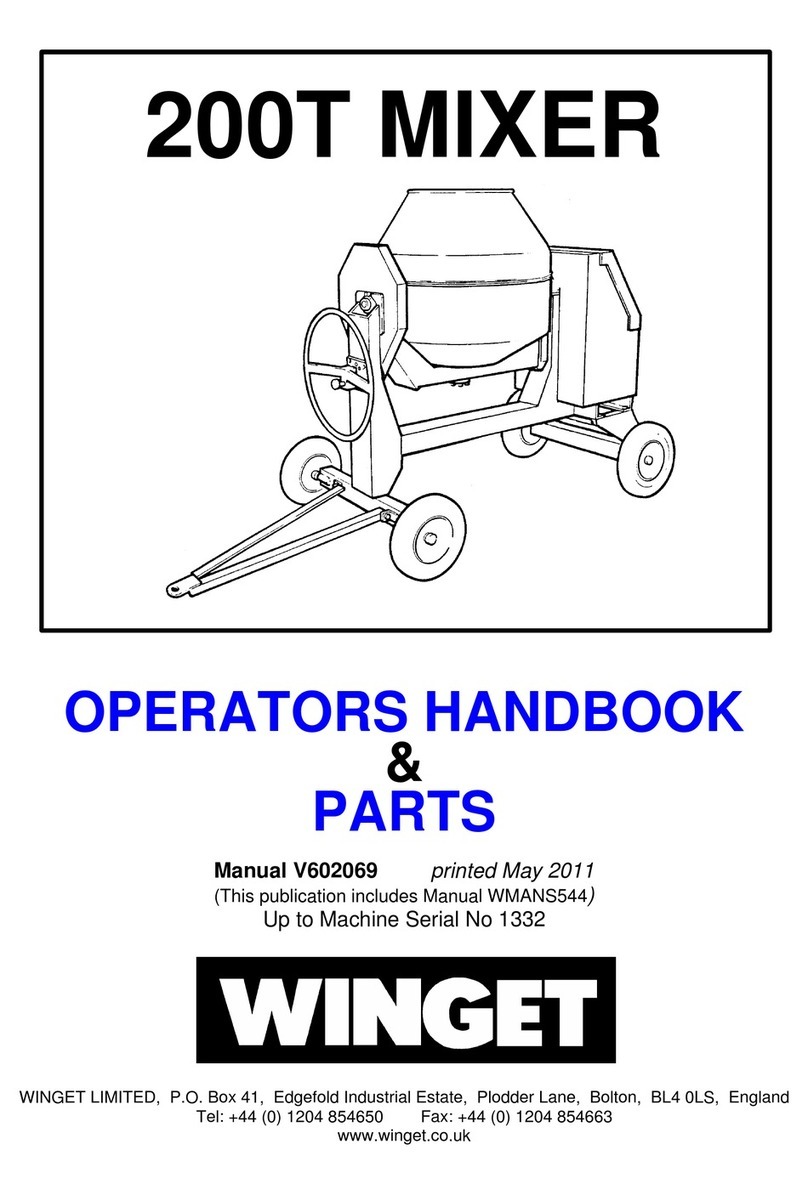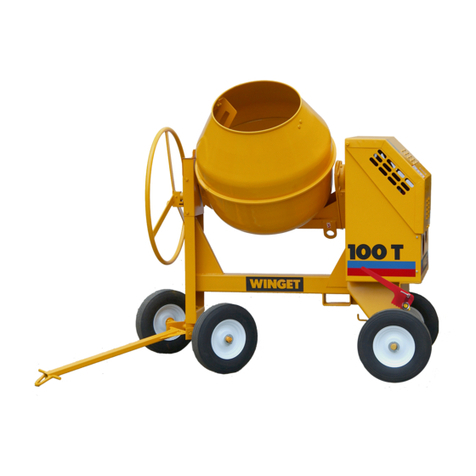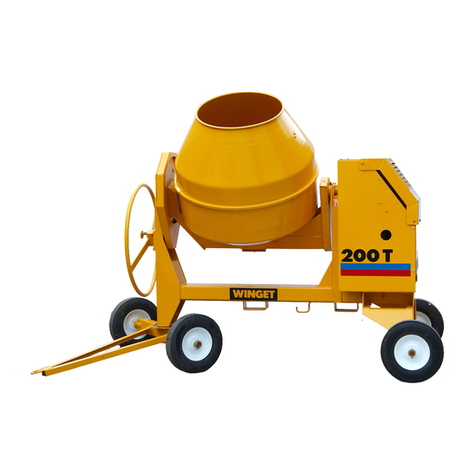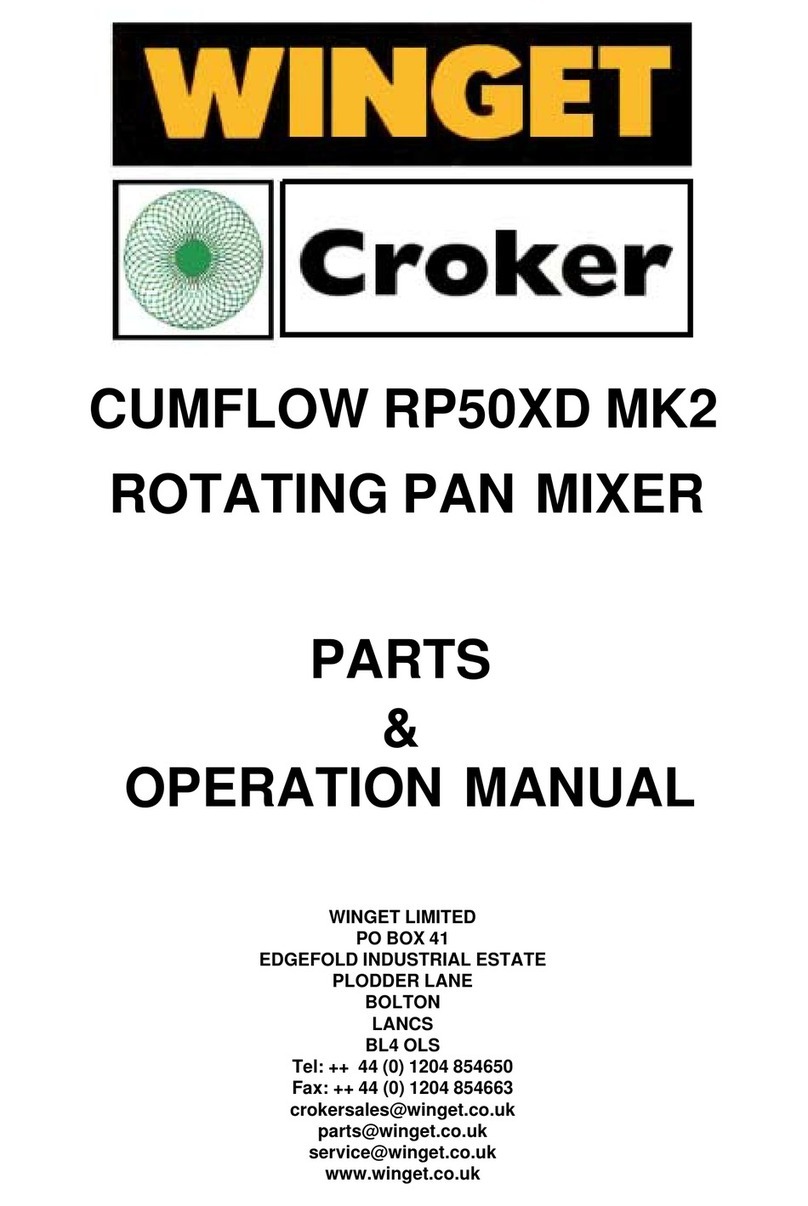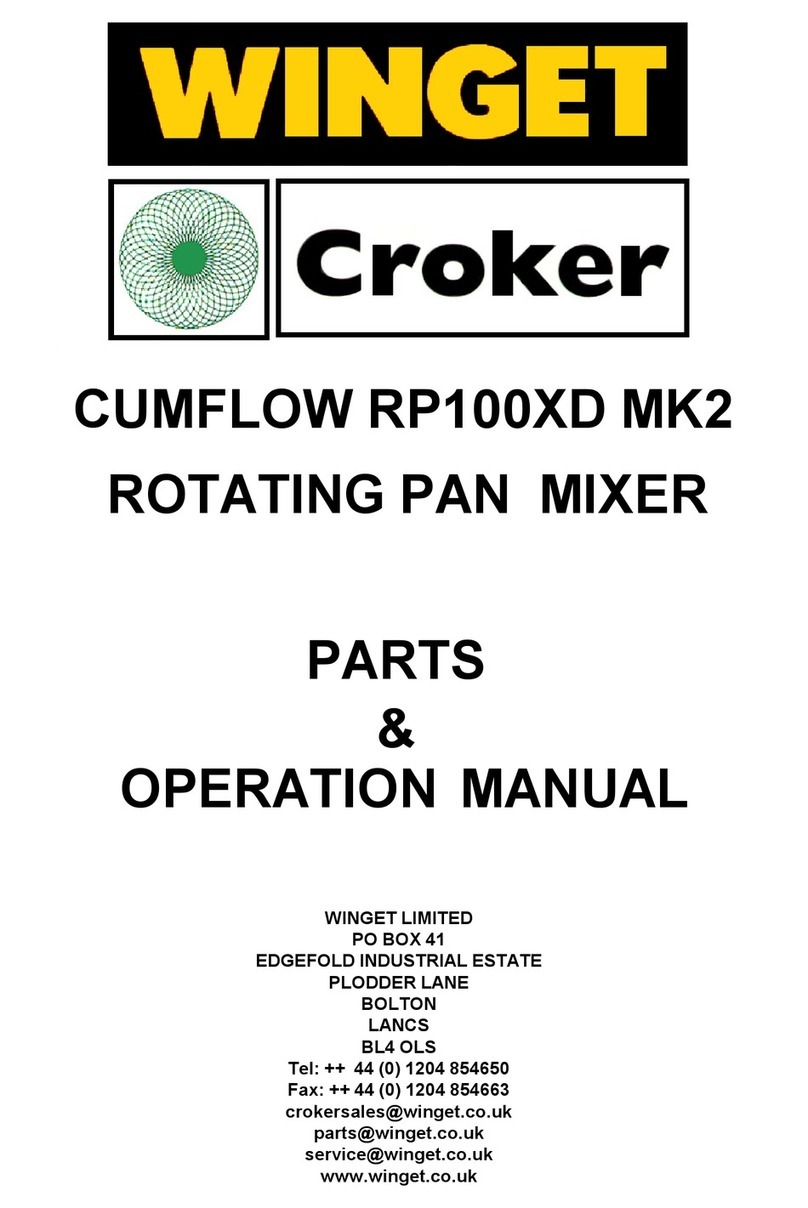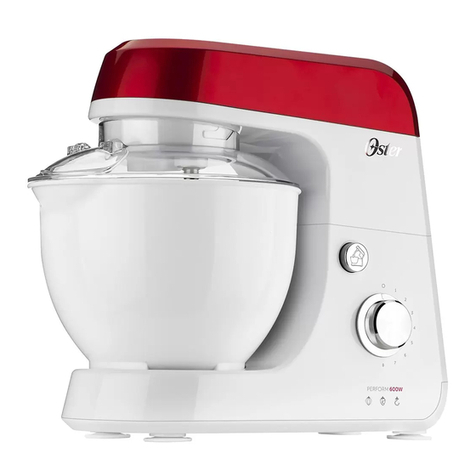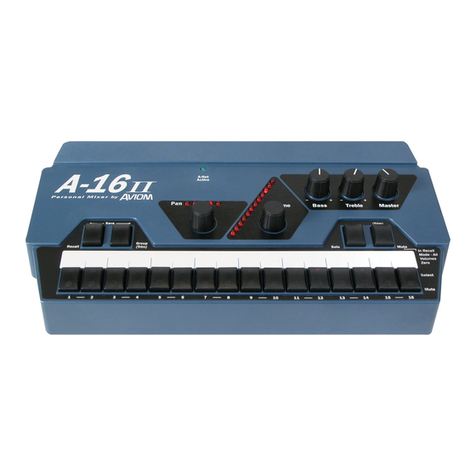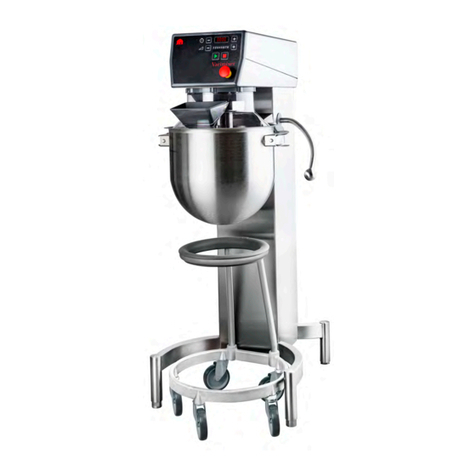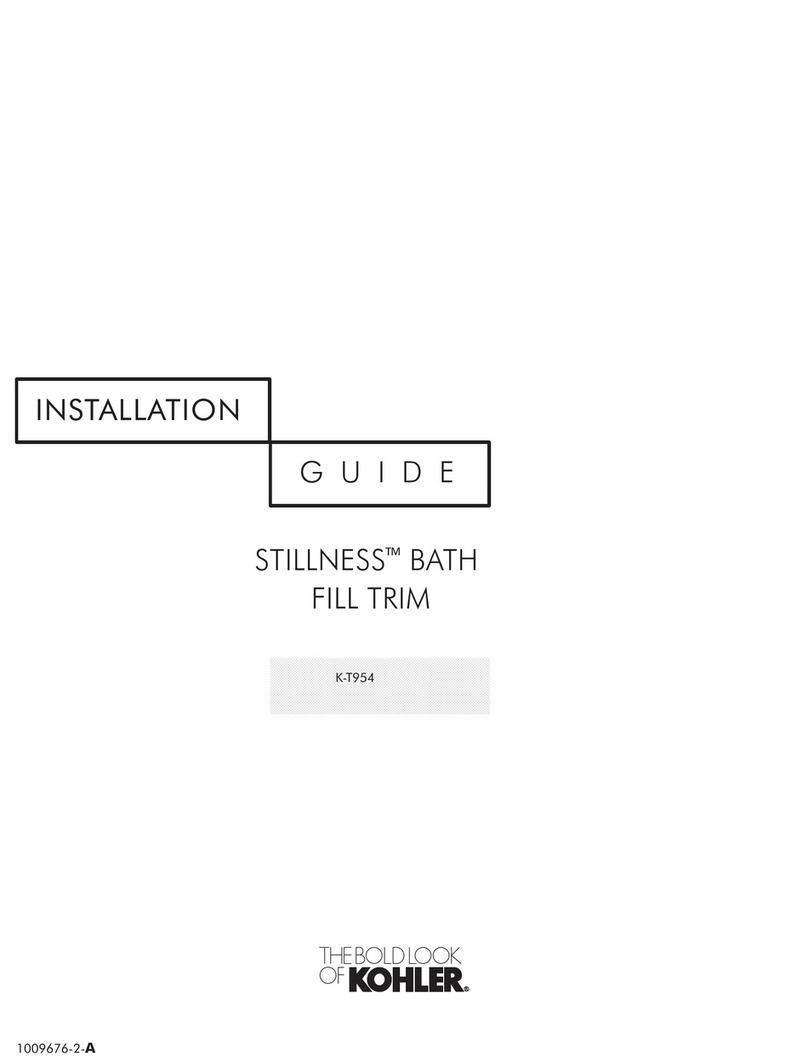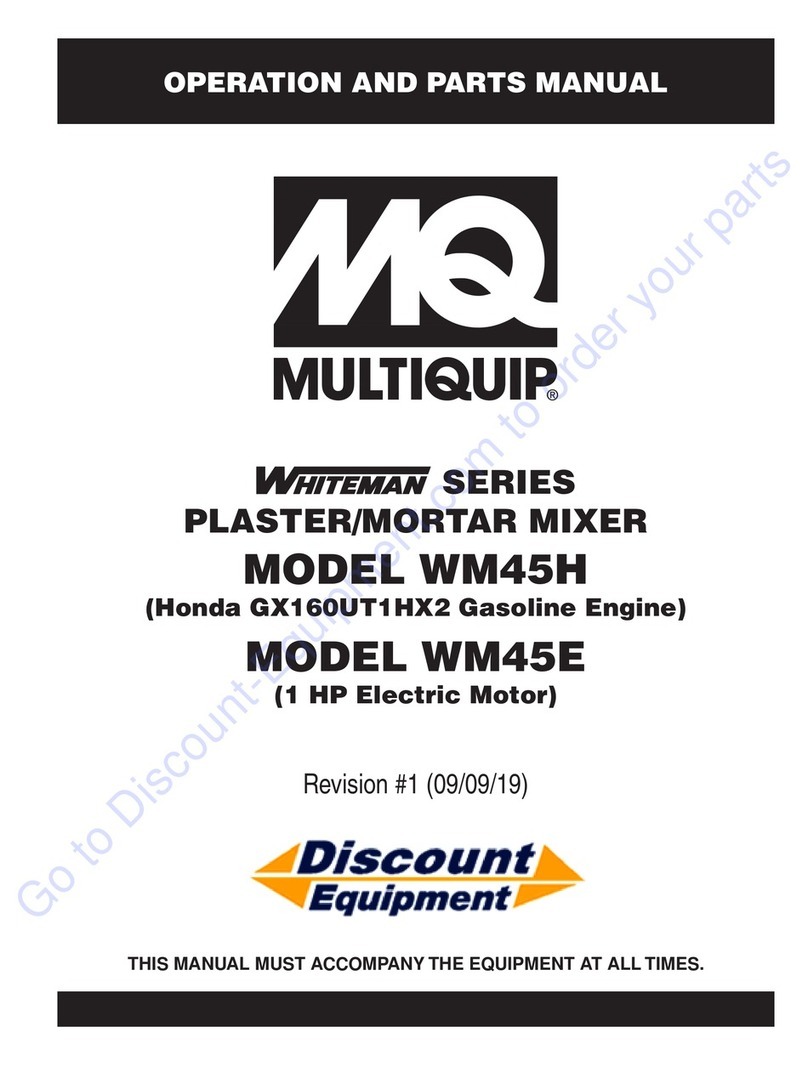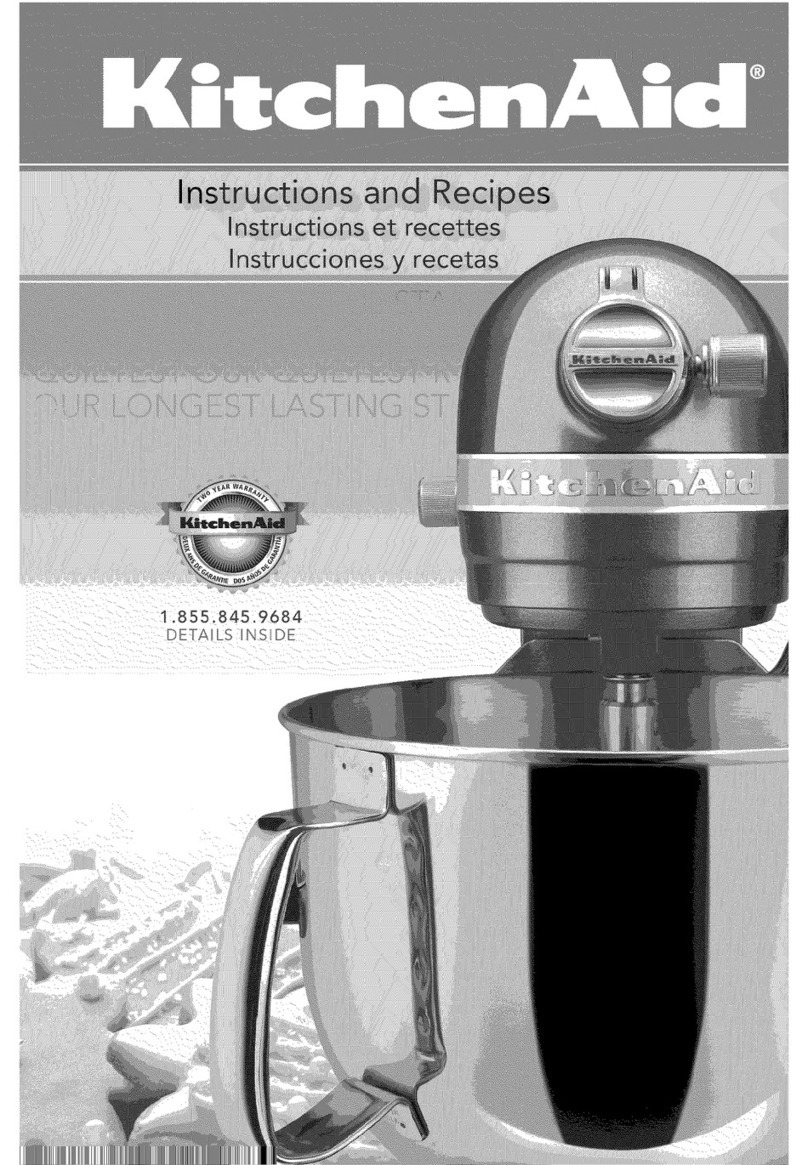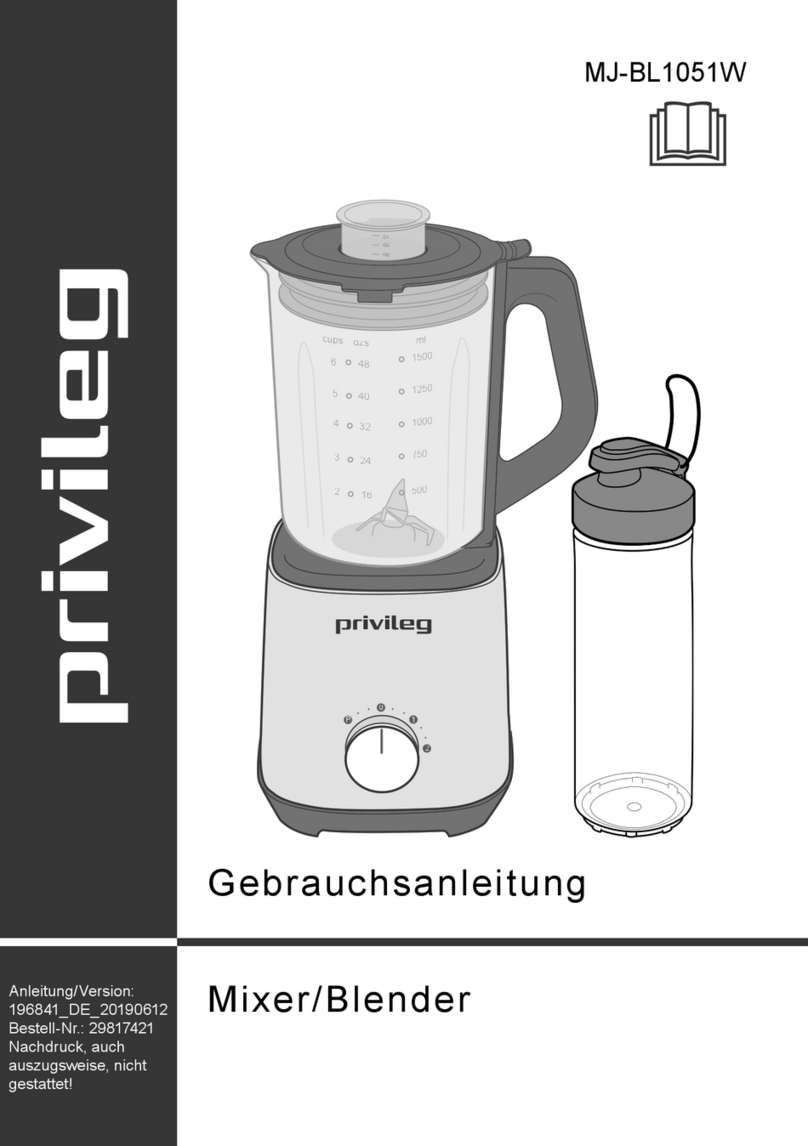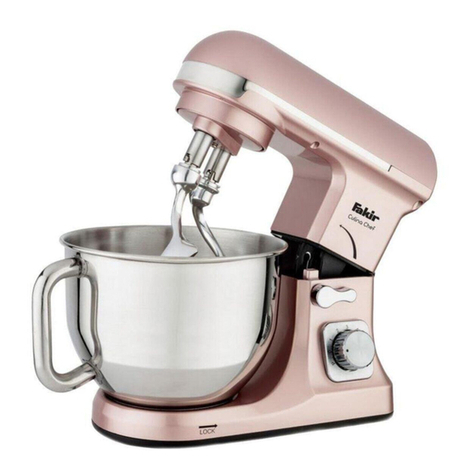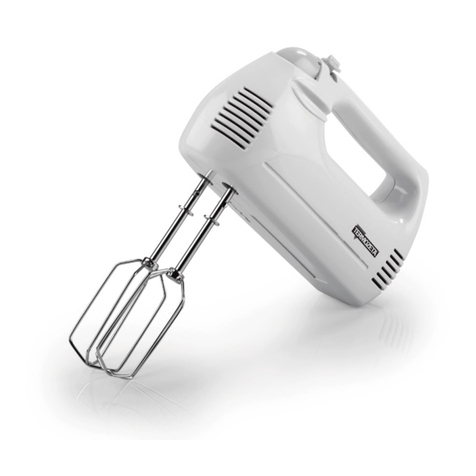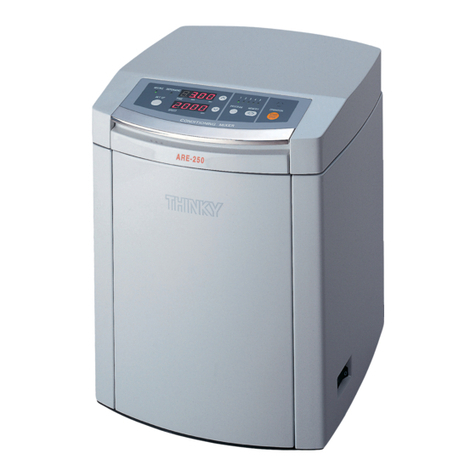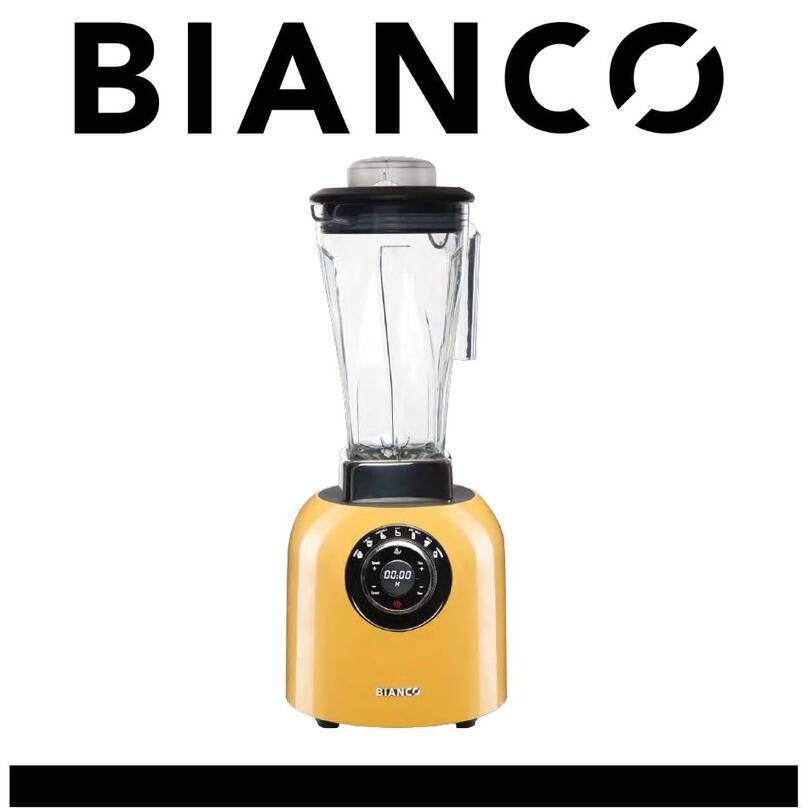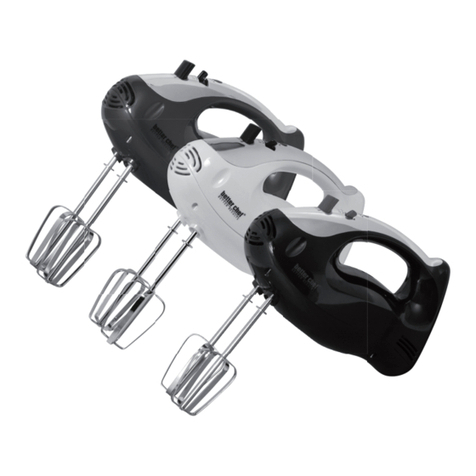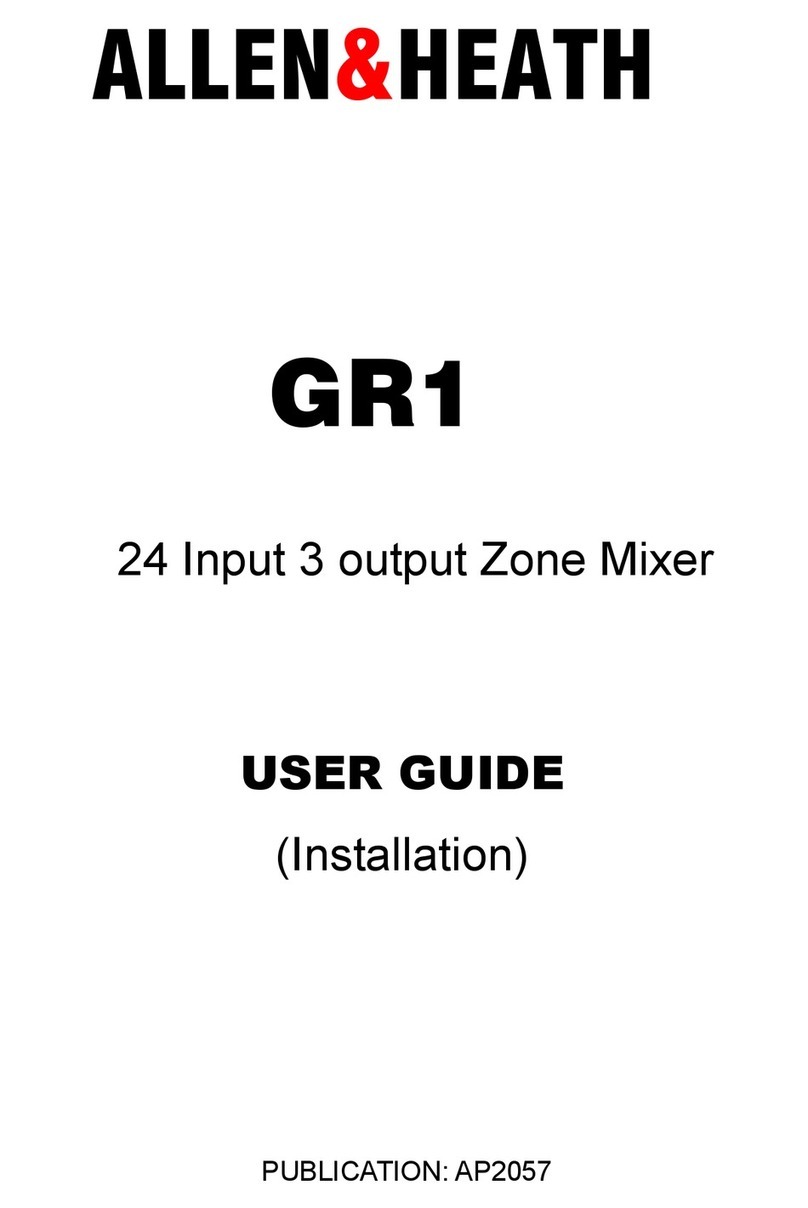
WORKSHOP MANUAL
500R
WINGET REVERSING DRUM CONCRETE MIXERS
ISSUE 10 2016
Front Axle and Pivot Bracket
To remove the axle or pivot bracket, support the front of the machine and fully raise the
jack legs. Remove the drawbar, stub axles, hubs and wheel assemblies as described
previously. Remove the split pins and washers retaining the tie bar between the axle and
mainframe, support the axle and remove the tie bar, remove the split pins, and washers
though the pivot pin, knock out the pin. Remove the supports and lift the axle clear of
the pivot bracket. The pivot bracket may be held in place by either a split pin and
washer or nut and bolt. Reassemble in the reverse order coating pins etc. with
copperslip, replacing damaged split pins.
Water Tank Removal (Where fitted)
Turn off and disconnect the water supply. Remove the split pin and disconnect the
operating rod. Unbolt and remove the outlet pipe. Unbolt the tank and using suitable
lifting equipment lift the tank clear of the mainframe. Refit in the reverse order.
For an explanation of the Water Tank operation and repair instructions see pages 25- 29.
Flowmeter Removal (Where fitted)
The Flowmeter is mounted on a bracket on the L/H side of the mainframe and is
connected to the inlet pipe at the drum charge mouth by a 1.5 bore rubber hose. The
meter is a mechanical device featuring a reset facility and includes a water on/off valve
and an inline strainer which is removable for cleaning. To Remove the Meter disconnect
the rubber hose by either slackening one of the hose clamps or removing one of the
threaded connectors, remove the two ‘U’ bolts securing the meter in place and lift the
meter clear. Reverse the procedure to refit. Note:- the meter itself contains no user
serviceable components.
Drum Edge Rollers
Where fitted remove the water tank as previously described. Support the front of the
drum to prevent it falling forward suddenly when the Edge Roller assembly is removed.
Release the adjusting screw then unbolt and remove the edge roller assembly taking
care not to lose the shim packers. Remove the setscrews holding the rollers into the
housing and remove the rollers. Support the rollers in a soft jawed vice remove the
circlips and using a suitable drift, knock the shafts through the bearings and out of the
rollers. Drift the bearings out of the rollers.
Using a sharp instrument remove the seals from the new bearings and pack with a good
quality grease, refit the seals.
